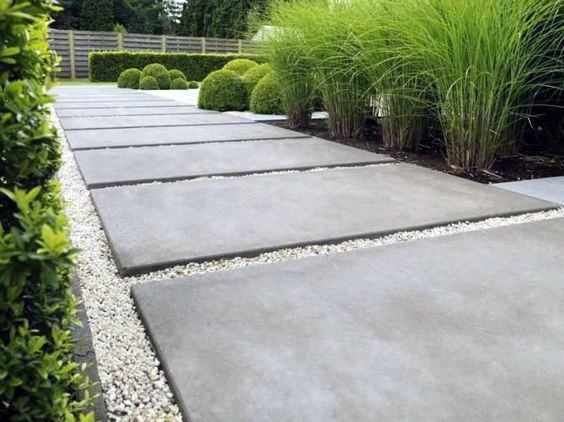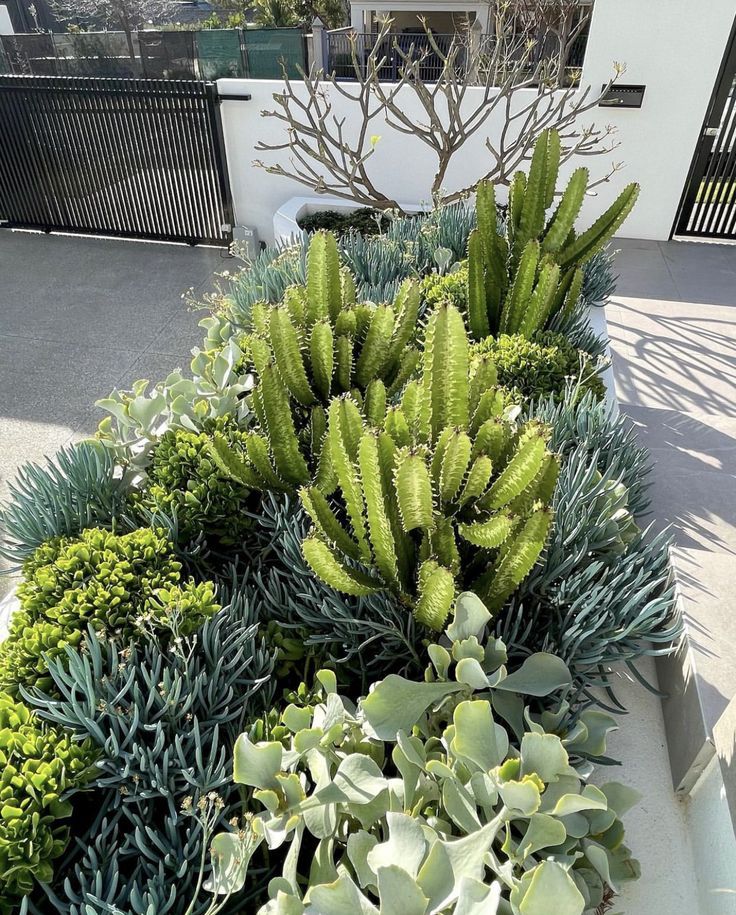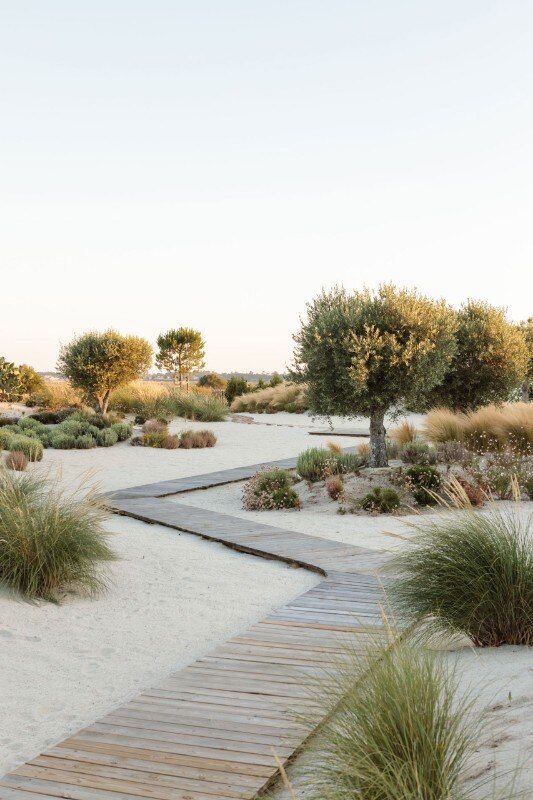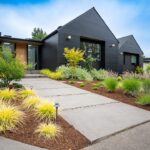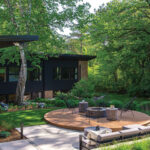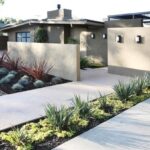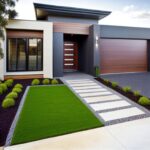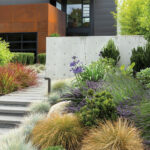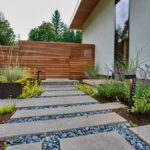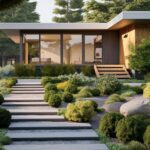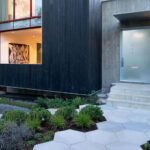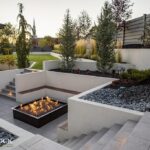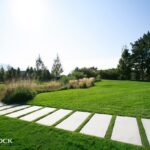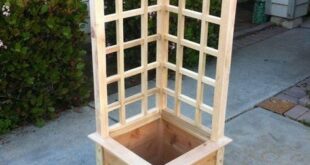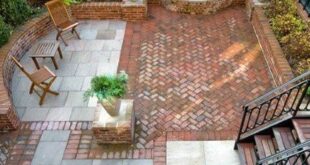Modern landscaping has evolved significantly in recent years, with an increased focus on sustainability, functionality, and aesthetics. Instead of just focusing on creating a beautiful outdoor space, modern landscaping also takes into account the environmental impact of the design. This has led to a rise in the use of native plants, water-saving techniques, and eco-friendly materials in landscape design.
One of the key trends in modern landscaping is the use of native plants. These plants are well-suited to the local climate and soil conditions, which means they require less water, fertilizer, and maintenance compared to non-native species. In addition, native plants support local wildlife by providing food and habitat for birds, butterflies, and other beneficial insects. By incorporating native plants into their designs, landscape architects are not only creating beautiful landscapes but also promoting biodiversity and sustainability.
Water conservation is another important aspect of modern landscaping. With water scarcity becoming an increasing concern in many parts of the world, landscape designers are incorporating water-saving techniques such as drip irrigation, rain gardens, and permeable paving into their designs. These techniques help to reduce water usage, prevent runoff, and minimize pollution of water sources. By using these methods, modern landscapers are able to create beautiful outdoor spaces that are also environmentally friendly.
In addition to native plants and water-saving techniques, modern landscaping also focuses on the use of eco-friendly materials. This includes materials such as reclaimed wood, recycled glass, and sustainable decking materials. By using these materials, landscape designers can reduce the environmental impact of their designs and create outdoor spaces that are both stylish and environmentally responsible. These materials are not only better for the planet, but they also add a unique and modern touch to the landscape.
Functionality is another key component of modern landscaping. In addition to creating beautiful outdoor spaces, modern landscapers also consider how the space will be used. This could mean incorporating a seating area for outdoor dining, a fire pit for gatherings, or a play area for children. By designing landscapes that are both visually appealing and functional, modern landscapers are able to create dynamic outdoor spaces that can be enjoyed by homeowners and their guests.
Overall, modern landscaping is characterized by its focus on sustainability, functionality, and aesthetics. By incorporating native plants, water-saving techniques, eco-friendly materials, and thoughtful design elements, landscape architects are able to create outdoor spaces that are not only beautiful but also environmentally responsible and functional. As the importance of sustainability continues to grow, modern landscaping will likely continue to evolve to meet the changing needs of homeowners and the environment.
 yishifashion Where Outdoor Dreams Become Reality
yishifashion Where Outdoor Dreams Become Reality
